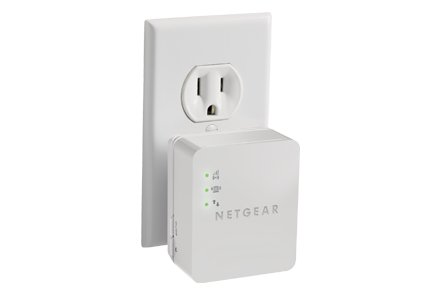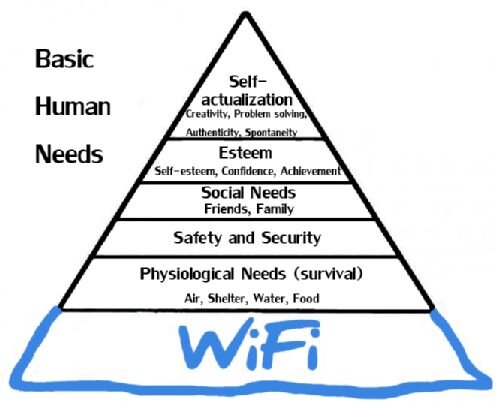
Dr Le
Articles
I recently met parents of a teenage girl (outside the clinical setting). They explained that they recently "got our daughter back." Prior to this, they had "lost" their daughter to the Internet. How did they get their daughter back from the Internet?
Setting up a 2nd modem/router. The father stated that he bought a 2nd modem. He made the main modem accessible only to him. The 2nd modem blocked all social media websites, including games, Facebook, and YouTube. This modem was accessible by their daughter for school purposes only and all other potential distractions were blocked. Occasionally, once all homework and chores were complete, the father would create a "WiFi hot-spot" that the daughter could access for 1 hour only. They stated initially, there were a lot of tantrums and arguments, but slowly but surely they got their daughter back.
Why did this strategy work?
1. Time limitation/supervision A key to helping your child manage their computer and Internet use is to supervise and limit their access. Modern children who were brought up with access to modern computers and Internet are considered "digital natives" (Prensky, 2001). Most parents may have had access to computers as children but many remember a time before the Internet was widely available.
Today, children grow up believing that Internet WiFi is a basic human need or right. Often, children feel more comfortable being connected to the Internet than connected to their own family. Children need to learn that it is a privilege to have the Internet and that they must use it responsibly. Their brains were not programmed with an "Internet management app," this skill must be taught by their parents. Many parents do not have the time to always monitor their child's Internet use, nor do they want to nag their children constantly. So setting up parental control settings prevents many arguments.
There are many useful videos on YouTube which explain how to change the settings on your computer or modem. There are countless videos on YouTube explaining how to set up your home's WiFi connection so that you have full control.
2. Toughing it out The parents were firm, held their ground and "toughed it out". When things do not go their way, children often find it very difficult to cope and take it out on the ones closest to them, their parents. Children can become so distressed that they can become aggressive towards their parents. Parents often report "teenage tantrums." Parents in general do not like to see their children in distress. Some give up on their parenting strategies as soon as their child shows signs of distress. In this case, the parents "toughed it out", it wasn't easy but it paid off.
3. Rewarding desired behaviour Because the child's Internet access was restricted, the value of an open WiFi connection increased, becoming a motivating factor or reward. The father used a WiFi hot-spot as a reward for desired behaviour and essentially created a "Megabyte Economy." He created a parent-child bartering system using existing resources (Internet access) and didn't incur any extra ongoing costs like pocket money. By getting a second modem he did not have to constantly change the settings for each user (it is possible to use advanced user settings to do the same thing, without having to buy a second modem). What I really found amazing is, this concerned parent found a novel solution to their problem, without professional help. By implementing their parental control system it allowed for a better connection with their daughter and improved their relationship.
Source:
Prensky, Marc (October 2001). "Digital Natives, Digital Immigrants". On the Horizon 9 (5): 1–6.






